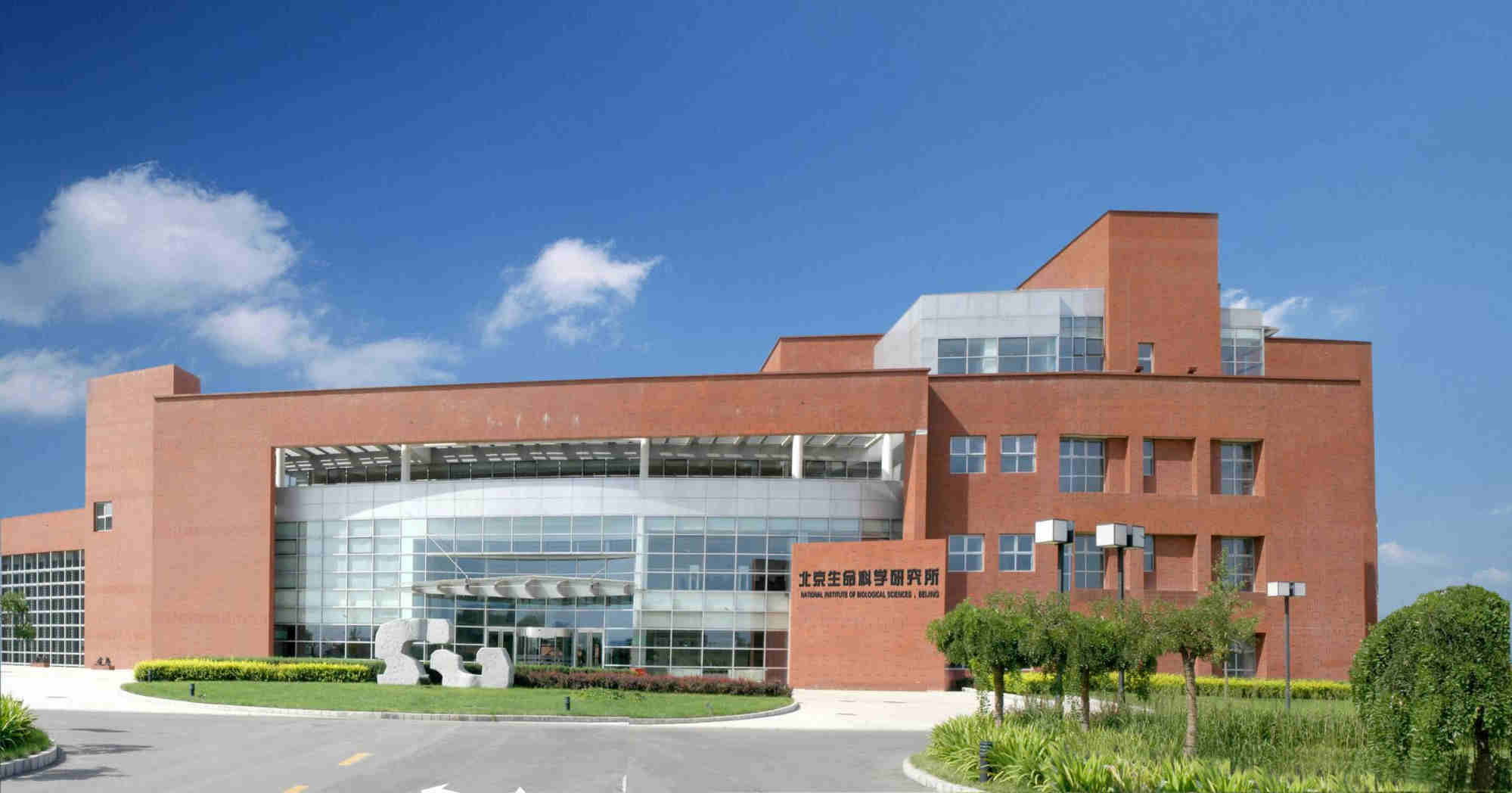Judul : How Chinese scientists cracked the secret of organ regeneration
link : How Chinese scientists cracked the secret of organ regeneration
How Chinese scientists cracked the secret of organ regeneration

Chinese scientists have made a significant breakthrough in regenerative medicine, successfully restoring damaged outer ear tissue in mice. This research offers compelling evidence for the existence of a "genetic switch" that controls organ regeneration, raising hopes for future applications in human medicine. The study, published in a prominent scientific journal, details how the researchers were able to reactivate this switch, leading to the complete restoration of lost tissues, including cartilage, in the ears of the mice.
The Role of Retinoic Acid
The research team discovered that the inability of mice to regenerate damaged ear tissue was linked to a deficiency in retinoic acid production. Retinoic acid, a derivative of vitamin A, plays a crucial role in regulating cell differentiation during development and tissue repair. By identifying this deficiency, the scientists were able to manipulate the genetic switch and stimulate regeneration.
Reactivating the Genetic Switch
The scientists focused on what they described as an "evolutionarily disabled genetic switch." By turning this switch back on, they were able to trigger the regeneration process in the mice's ears. This process resulted in the complete restoration of lost tissues, including the complex cartilage structure of the outer ear. This achievement underscores the potential for reactivating dormant regenerative capabilities within mammalian bodies.
Evolutionary Implications
One of the lead researchers, Wang Wei, is particularly interested in understanding why this regenerative ability was lost during evolution. He posits that the loss was not random and is exploring the underlying logic that governs this phenomenon. Understanding why and how species lost the ability to regenerate could provide valuable insights into unlocking these capabilities in humans.
Future Research Directions
The research team plans to expand their investigations to explore the potential for regenerating other organs, including the spinal cord. They are particularly interested in testing the potential of retinoic acid in these contexts, given its importance as a signaling molecule in vertebrate development. The successful regeneration of ear tissue provides a foundation for exploring more complex regenerative processes in other parts of the body.
Technology Used in the Research
The research benefited significantly from advanced technology, including Stereo-seq technology, which combines high-resolution imaging of cells with gene expression analysis. This technology allowed the scientists to pinpoint the locations of cell type changes during the wound recovery process and gain a deeper understanding of the mechanisms driving regeneration.
Challenges and Future Prospects
While the findings are promising, the researchers acknowledge that the path to achieving organ regeneration in humans is long and challenging. One of the primary challenges is the significant size difference between mouse and human organs, as well as the increased complexity of human organ structures. Determining the safe and effective dosage of molecules or medications that can regenerate organs in mice for human application presents a complex issue.
The Importance of Proof of Principle
Despite the challenges, the researchers emphasize the importance of this study as a proof of principle. It demonstrates that a genetic switch for organ regeneration exists, and that it can be manipulated to achieve tissue restoration. The next step is to identify the specific switches for other organs, which could unlock new possibilities in regenerative medicine.
Focus on Spinal Cord Recovery
Wang Wei's laboratory is particularly focused on spinal cord recovery and is actively searching for the key to regeneration in this area. They believe that spinal cord regeneration may be more complex and involve multiple signaling pathways working together. However, the success in regenerating ear tissue provides a vital source of hope and direction for their research.
Key Considerations for Human Application
- Dosage: Determining the correct dosage for humans after identifying molecules or medications that promote regeneration in mice.
- Organ Size and Complexity: Overcoming the challenges posed by the significant size and structural differences between mouse and human organs.
- Signaling Pathways: Understanding the complex interplay of signaling pathways involved in regeneration, particularly in complex organs like the spinal cord.
- Genetic Switches: Identifying the specific genetic switches that control regeneration in different organs.
A Multi-Disciplinary Approach
The research highlights the importance of a multi-disciplinary approach to regenerative medicine, combining expertise in genetics, molecular biology, developmental biology, and advanced imaging technologies. By integrating these diverse perspectives, researchers can gain a more comprehensive understanding of the complex processes involved in tissue regeneration and develop more effective strategies for promoting regeneration in humans.
Thus the article How Chinese scientists cracked the secret of organ regeneration
You are now reading the article How Chinese scientists cracked the secret of organ regeneration with the link addresshttps://www.unionhotel.us/2025/07/how-chinese-scientists-cracked-secret.html?m=0
0 Response to "How Chinese scientists cracked the secret of organ regeneration"
Post a Comment